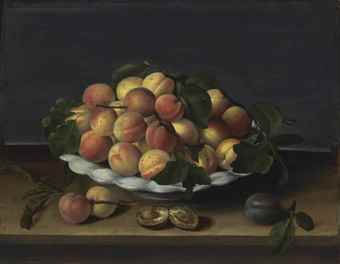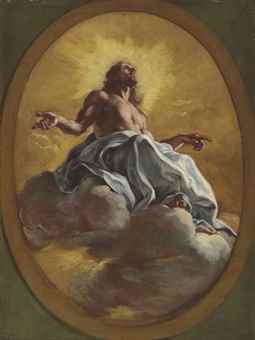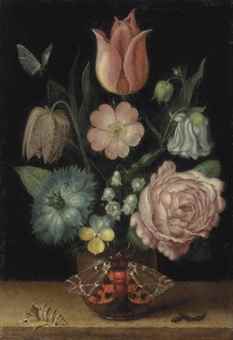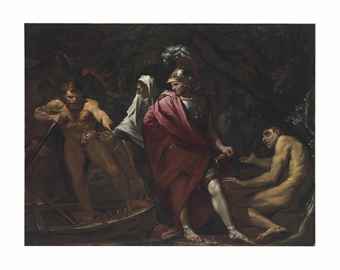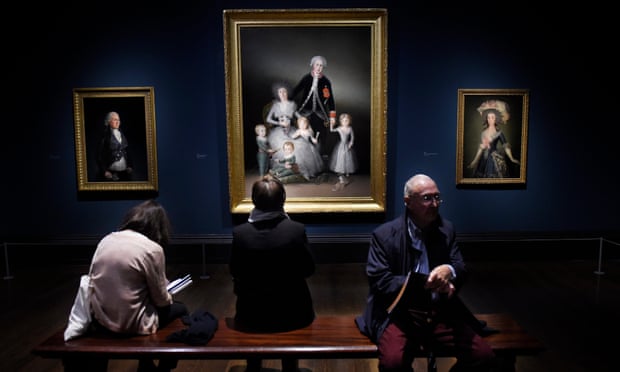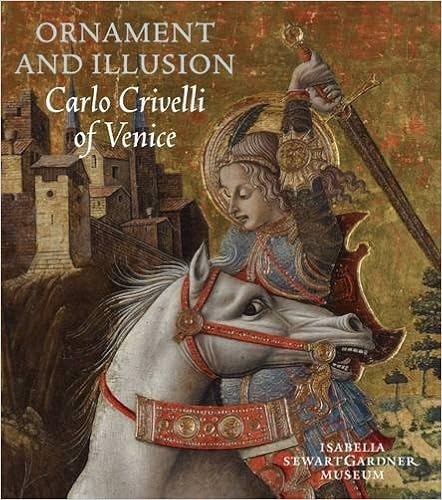
The important question is what you're comparing against. The value of money itself changes, so you have to adjust for inflation. But over time economies tend to grow, so any sector simply keeping up with inflation isn't doing so well. Sectors wax and wane, of course. But if the auto industry is booming and Ford's sales are increasing in double digits, it's not enough for General Motors to say they're doing great because their sales are in line with the overall economy. Bendor's charts show old masters just about keeping up with inflation at a time when the potential market is booming because there are far more very rich people in the world, with far more disposable income. It's just that they're spending that income on modern and contemporary art, which is booming. That can't be explained away as a speculative bubble, because it's supported by strong market demand that's boosting all kinds of luxury products—except old master paintings.
It's not just that there are more rich people. Wealth increased significantly in the post-war boom, but there was a big lag before the art market took off. One reason for that is relatively high tax rates and relatively high returns to labour rather than capital. But that didn't change until the subsequent growth of the art market was already well underway. I think the other aspect is that returns on investment were strong as the economy recovered after the war. There was high demand for capital, and good long-term returns. Today that's not so true; returns on all asset classes are muted and growth is sluggish. So it makes sense for the elite to divert resources towards consumption—which, again, is exactly what we've seen in the luxury good industry, and in every sector of the art market except old master paintings. Old masters really are the anomaly.
Historically the old master market performed much as you might expect based on the changing fortunes of the very rich. In the early twentieth century they were booming, as American millionaires entered the market for the first time. After the depression prices fell sharply. There have been plenty of strong trends, even if they even out over the very long term. Incidentally, even in the boom years of the early twentieth century dealers complained about the difficulty of obtaining good mark-ups on pictures bought at auction; Duveen liked to buy collections en bloc to avoid the anchor of publicised prices, and Wildenstein kept things in stock for decades before resale. Agnew used to sell stock bought at auction on very thin margins in the nineteenth century. And there are still plenty of dealers buying at auction and then selling retail in Mayfair or at Maastricht. I think the bigger story is that old master dealers are being squeezed in a declining market, not that their old business model has suddenly failed.
Finally, we can look more anecdotally at the market itself. Some parts do better than others; prices for Dutch pictures and Brueghels seem to have softened recently. Elizabethan portraits are doing better. French eighteenth century pictures are especially out of favour. But the overall impression is that really good mid-range pictures are selling consistently poorly if you think in terms of their relation to house prices, or to the incomes of the relatively affluent (top professionals and business leaders). Today a month's income for a barrister, or partner in a big accounting or consulting firm would buy a picture that would grace a museum. And there are more people earning those salaries than ever before. It's just that they're buying contemporary art.
A coda on data
Because each old master painting is unique, there's no reliable indicator equivalent to, say, the price of gold. Even the same picture re-sold may come with a different attribution, or following restoration that may have helped or hurt its value. Sales volume in the overall market is hard to find, because of coding and categorisation issues. The top auction houses re-position themselves from time to time, going into the mid-market and then pulling back. Supply is only slightly elastic. The 'three Ds' (death, divorce, death) produce a reliable stream of consignments from forced sellers, but rising prices don't automatically secure big increases in supply. But rising prices do tempt treasures into the market, so there's a degree of pro-cyclicality in raw sales data, as well as volatility because the market is so thin.
Bendor's data show sales increasing slightly above inflation, which in the context I've described is frankly dreadful. Sotheby's closed its Olympia saleroom and Phillips withdrew entirely from the old master market in that period. The data are difficult to obtain, because old master picture sales sometimes include drawings and sculptures (including a £29.7m Raphael), and old masters are sometimes sold in other sales (such as mixed single owner sales). The trend line is influenced by start date; I calculate Sotheby's results from 2002 to have been £153m, inflation-adjusted, which may have given a different slant to the trend. But the only element I really object to is comparing performance with the FTSE without reinvesting dividends, which is meaningless (do we assume the dividends were just eaten?). I don't think art should be treated as an investment class, for the reasons Bendor himself sets out. And for what it's worth, I don't think it's right to call the contemporary market a 'speculative bubble', though economic shifts could easily see significant price falls.
Artprice has an alternative index showing old master prices declining, but their index shows far more volatility than I perceive in the actual market, so take their data with a pinch of salt.


